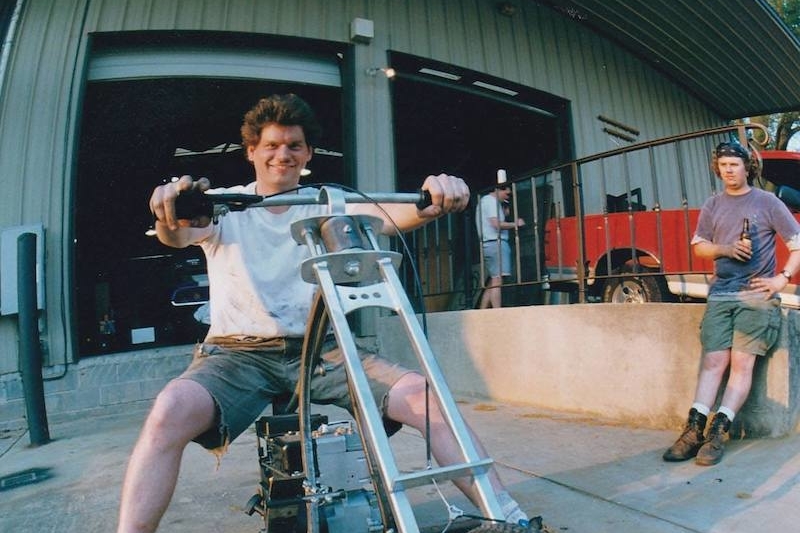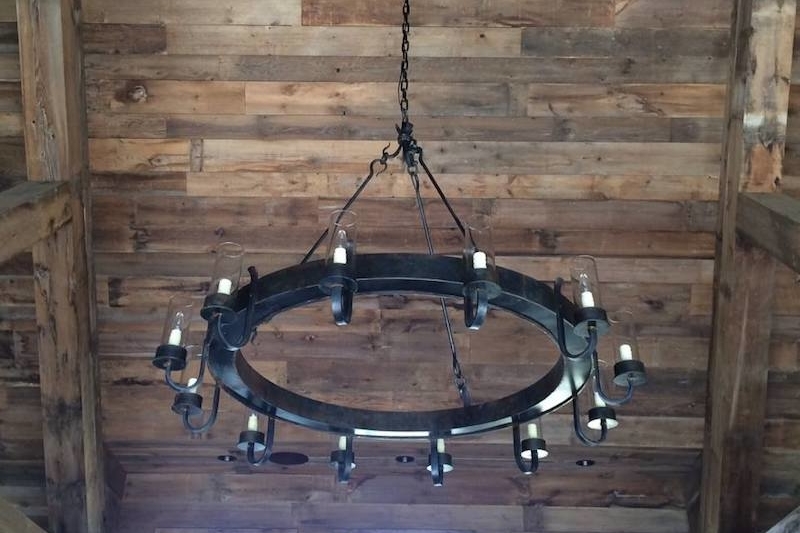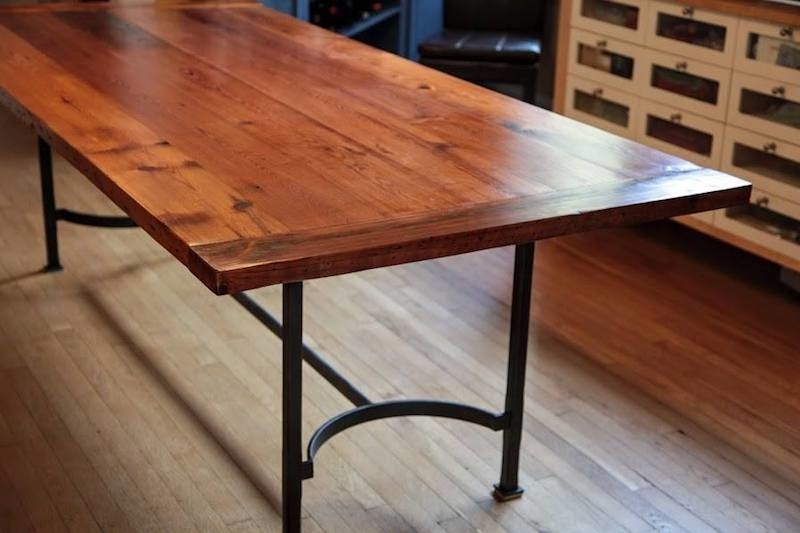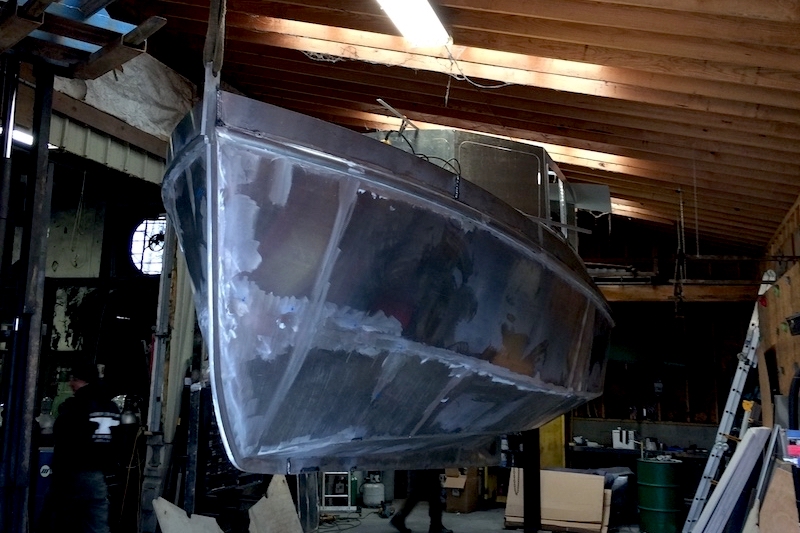Ironworking is hands-down the most badass profession.
Expert metalworker Andrew T. Crawford gave us a rundown on the craft, his crazy projects, and how any average guy can take up the gritty yet highly-rewarding hobby and watch their life instantly become more radical.
A little background about the rebel we’ll be interviewing…
Trained at the Rhode Island School of Design, Crawford moved to Atlanta, Georgia, and immediately rented a studio. While today his company Ironworks creates functional objects, ornamental ironwork, industrial fabrications, and sculptures, Crawford started out doing any “less artistic” oddball job he could (even repairing lawn furniture). In the 25 years since his graudation from the Rhode Island School of Design, Crawford’s fellow classmates that have survived in the trade have done so by being resilient and resourceful.

The Manual: How does ironwork change the way your mind works?
Andrew T. Crawford: It gives you an incredible amount of confidence to physically make the things you see in your head and draw on paper. Building structures bigger and stronger than yourself can only be compared to realizing you can lift an object heavier than your own weight. Currently, I’m pushing this to the limit and building a boat.
TM: So unlike boring 9-5 jobs, you like ‘taking your work home with you?’
ATC: When I’m walking through the grocery store, I’m the guy that built a fucking boat. And I’m armed with that confidence. I can make things nobody knows how to, and that will outlive everyone I know.
TM: We’re sold. How do we start doing ironworking?
ATC: Go to a daily or weekly class. One gateway is jewelry making. Metalsmithing and jewelry are the exact same, but on a smaller sale. You can set up a jewelry table in an apartment. Take a piece of plywood, put it on some saw horses- and all for a couple hundred dollars spent at Home Depot. Another entry is wire and a pair of pliers. Just start playing.


TM: Say we set up a work space. Now what?
ATC: The internet is full of projects. You’ll learn piece by piece all the things you can make, and the projects will become more intricate. For me, I wasn’t born a metalworker in the way great musicians or athletes are. I like the challenge of making stuff and work hard at it.
TM: How different is metalwork from woodwork?
ATC: Wood is so accessible. Metalwork takes diving in. The reason woodworking is really satisfying is that it’s a pretty and patient material. Metal is stubborn and dirty, you can burn yourself like hell. At the same time, woodworking is unforgiving. The saying measure twice, cut once, that’s a woodworking rule. With metal, you can meld it back together. Woodworking is a craft-oriented craft. Metalworking you can be clumsy. We’re like cavemen.
TM: Would you ever considering switching from metal to wood?
ATC: We’re like cats and dogs. As soon as a woodworker leaves the room he gets ragged on by metalworkers. Guys that get into wood do it because it’s pretty and it used to be a tree. We make fun of them for that. Metal doesn’t start pretty— the opposite actually.
TM: A woodworker and metalworker get into a fight. Who wins?
ATC: It’s funny because none of us are better, we just like to think we are. Metalworkers butt heads with clay workers and painters too. Every trade is its own fraternity.
TM: How should we determine which fraternity we belong to?
ATC: Ask yourself if you’re willing to labor a huge undertaking just to start a project. The thing with metal is you can’t just unload 2,500 pounds of steel into your living room.
TM: Can ironworking make us better men?
ATC: It can make you more simple and see what is elementary. We have a saying in the shop, when you don’t know what to do, just go with what you know. That applies to everything from building a table to tackling a personal problem to building a family. You can run your life like a craft project.

TM: Before we end, you gotta tell us about that boat you’re building.
ATC: It’s a 25-foot trawler made of all aluminum, designed by a man named Tad Roberts who’s a yacht designer and naval architect/historian. I call it the T-Cup. It looks like a northwest coastal work boat. My goal is to sail the intercoastal waterway from Key West all the way up to Manhattan. The whole thing is just big enough to fit out of the door of my shop.
Photos courtesy Andrew T. Crawford


